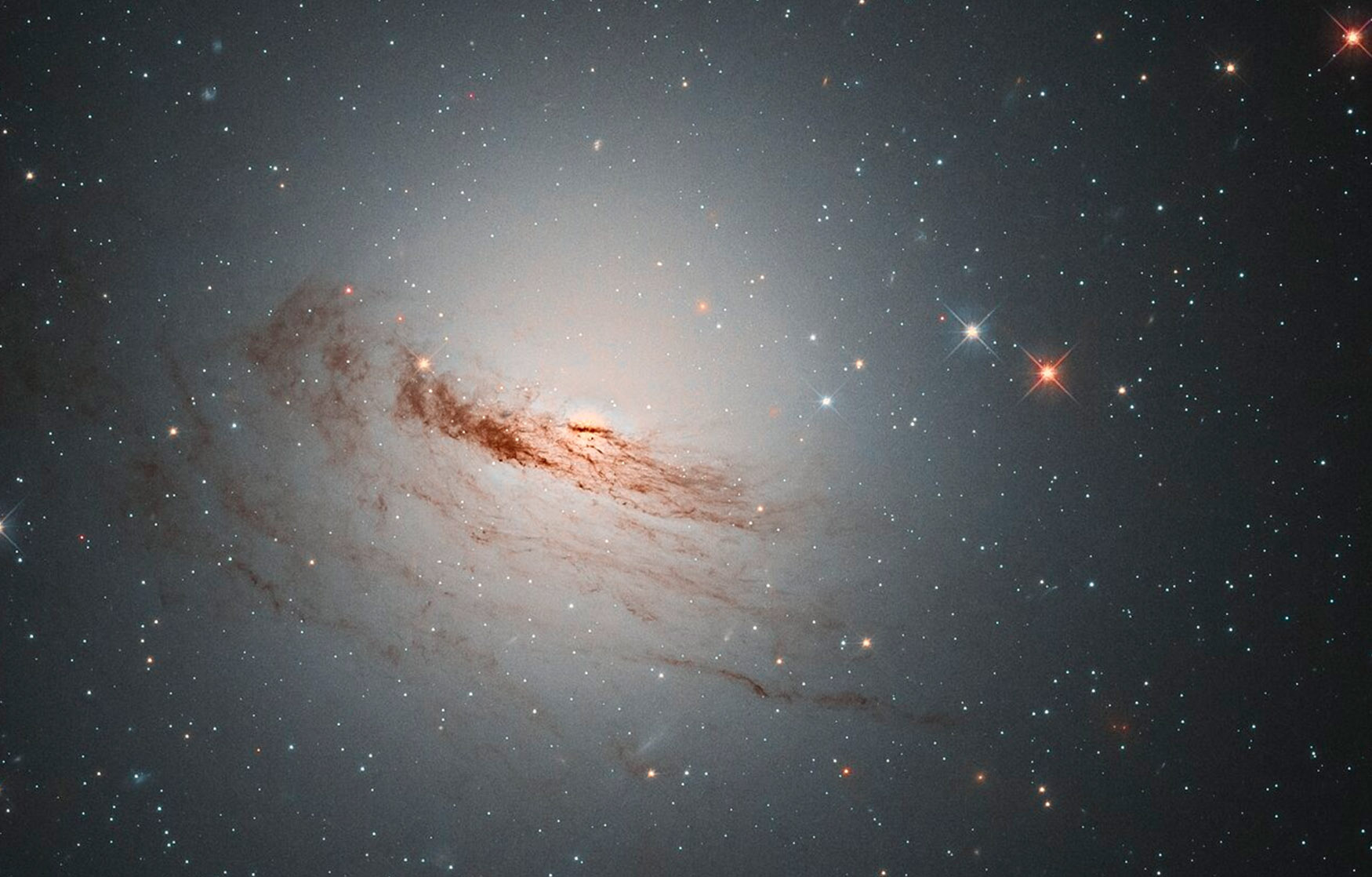The James Webb space telescope continues to break records and deliver amazing results. The most recent achievement comes just a week after Webb spotted the most distant galaxy we’d ever discovered. Now, the iconic space telescope has once again broken that record, capturing a red smudge of a galaxy estimated to be 35 billion light-years away.
James Webb just spotted the most distant galaxy we’ve ever recorded

Researchers published a paper on the discovery to the preprint server arXiv on July 26th. The paper outlines the researchers’ findings of the new galaxy, including its distance and its new title of the most distant galaxy ever recorded. Of course, there’s no telling exactly how long it will hold that title before James Webb spots another galaxy far off in space.
For now, though, the most distant galaxy in question is just a red smudge in James Webb’s first data. Named CEERS-93316, the galaxy was pictured as it existed 235 million years after the Big Bang. Webb captured it using the telescope’s Near Infrared Camera, which scientists are using to peer back in time to the first flickers of our universe’s earliest stars.
We haven’t confirmed the discovery of this new most distant galaxy just yet. And the research hasn’t been peer-reviewed yet. However, it has broken another provisional record set just last week by galaxy GLASS-z13. Astronomers believe that the galaxy existed 400 million years after the Big Bang.
How does Webb time travel?

But how does Webb see stars and distant galaxies as they were millions of years ago? After all, telescopes can’t look back in time, right? Well, not exactly. See, Webb’s entire goal is to look back in time. And it does that by inspecting the light from stars millions of light-years away. And because those stars are millions of light-years away, the light we’re capturing from them is often millions of years old.
That’s because light has a very finite speed. As such, the farther away a galaxy or star is, the farther that light has had to travel. Thus, the older that light is. For additional context, if you were to put a telescope like the James Webb in that most distant galaxy, and then look at Earth, you’d be seeing the light from our Sun as it was millions of years before you looked towards it.
Another interesting thing about CEERS-93316 is that the galaxy is a redshift of 16.7. That means the light has been stretched nearly 18 times redder than if it wasn’t moving away from us. That, as well as it being the most distant galaxy ever recorded, are what makes it so intriguing to astronomers.
As James Webb looks into the earliest moments of our universe, we’ll probably hand this title over to other galaxies. And no one knows what or where we’ll end up when it comes to the most distant galaxy we’ve ever discovered.








